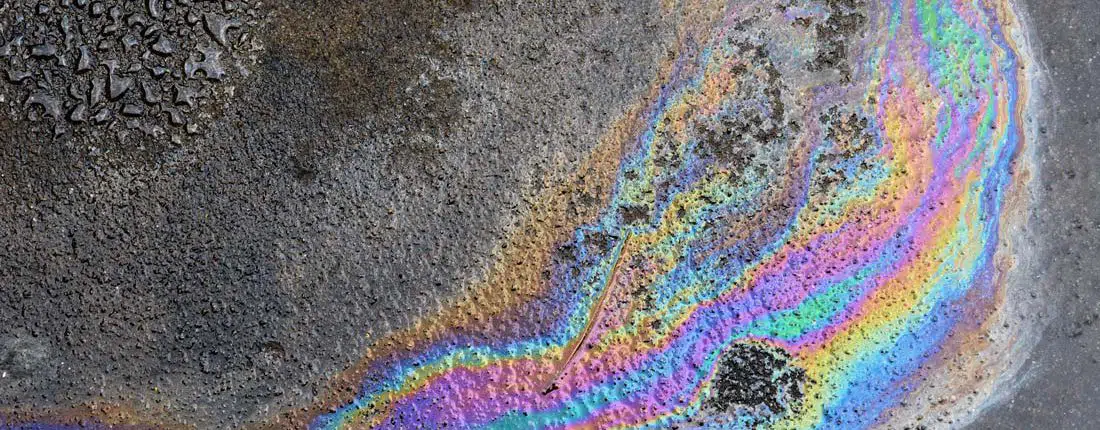>> Download a printable pdf of this datasheet
Assessing and allocating liability for environmental contamination.
Contaminant identification, differentiation, and source attribution.
Our scientists help clients assess contaminated sites associated with chemical and particulate discharges to soil, groundwater, sediment, and air. These investigations range in size from small service stations to USEPA sediment “megasites.” We collaborate extensively with legal teams, engineers, risk assessors, and remediation specialists worldwide. Services include:
Forensic & Environmental Chemistry
- Petroleum Fuels and Products
- MGP & Coking Tars, Wastes
- Stray Gases/Methane
- PCBs
- Dioxins and Furans
- Chlorinated Solvents
- Persistent Pesticides
- Pharmaceuticals and Personal Care Products
- Industrial Chemicals
- Perfluoroalkyl Substances
Industry & Site Settings
- Refining
- Chemical Plants
- Bulk Fuel Storage/Pipelines
- Fracking
- Contaminated Sediments
- Pulp, Paper, Wood Treating
- Tar Generating and Processing
- Dry Cleaning/Degreasing
- Metalworks
How We Can Help
NewFields is known for customizing solutions to meet the unique challenges faced by our clients. We know that most projects do not fit neatly in a box. Below are some of the most common services we provide for forensic chemistry and laboratory services.
- Forensic & Environmental Chemistry
- Petroleum Fuels and Products
- MGP & Coking Tars, Wastes
- Stray Gases/Methane
- PCBs
- Dioxins and Furans
- Chlorinated Solvents
- Persistent pesticides
- Pharmaceuticals and Personal Care Products
- Industrial Chemicals
- Refineries, Pipelines and Contaminated Sediments
- Delineation of petroleum and tar distillate products (e.g., gasoline, fuel oils, and residual products)
- Legacy versus modern releases
- Deconvoluting point source releases from background, particularly in urban environments
- Drycleaners, Degreasing, and Solvents
- Source attribution and period of release for chlorinated solvents (including PCE, TCE, TCA, CT, DCM and CBZs)
- Evaluation of environment fate and transport with the understanding of chemical degradation, isotopic signatures, additives, byproducts, and naturally occurring contaminants
- Oil Spill Investigations and Forensic/Oil Spill Field Sampling
- Design and oversight for the collection of appropriate and defensible analytical data
- Source attribution of fugitive hydrocarbons
- Reporting and expert testimony
- Electrical Utilities and Equipment Manufacturers
- Forensic testing strategies for PCB and PCT Aroclor source identification in oil, sediment, soil, water, tissue, and air
- Identification of dielectric fluid, including transformer oil, cable fluid, and other mineral oil products
- MGPs, Coal Byproducts, and Creosote Plants
- Identification and delineation of MGP waste, including coal tar, carbureted water gas tar, and oil gas tar
- Source attribution of MGP waste, coal byproducts, and creosote
- Environmental fate and transport
Case Study
CHALLENGE
Client is responsible for former petroleum refining operations at a location within an area that has been designated as an USEPA Superfund Site.
THE APPROACH
We begin the project by reviewing existing data to determine what information exists and if there are any data gaps that need to be addressed. We communicate regularly with the client’s team, including their counsel and other consultants. In the USEPA Superfund Site example, there are often numerous PRPs requiring communication with the USEPA and others to identify major issues and the project strategy.
Broadly speaking, NewFields serves two main roles during the middle phase of the project: 1) filling in knowledge gaps with additional field sampling/analysis, and 2) communication with PRPs and the USEPA. In some cases we collect additional chemical data independent of the larger Superfund process. This data may be used as part of the client’s strategic position, and/or shared with other PRPs.
Once the data is collected, we focus on interpreting the data to determine the extent to which the client is liable for contamination. This includes a large scale interpretation of the “useable” historic data, as well as any recent chemical fingerprinting.
Finally, we present the results to the party responsible for the allocation of remediation costs. This includes both the defense of the interpretation of data and the opinions put forth in the technical report, as well as challenging other PRPs’ technical reports to the extent that their opinions may not be technically defensible.
The NewFields Difference
Our approach to forensic chemistry goes above and beyond industry standards. The key difference? We understand and interpret environmental data, not just report it. NewFields chemists have more than three decades of experience working in sophisticated environmental testing laboratories. We understand how laboratories generate data, and we know how to spot and correct errors in data—particularly those that are not detected by standard data validation processes.
Presented with complex environmental testing data, our scientists apply their knowledge of industrial process chemistry, chemical fate and behavior, and forensic chemistry analysis to identify and differentiate among sources of contaminants. We use a variety of data analysis tools, including both traditional forensic approaches, spatial analysis and advanced statistical techniques to unravel complex data sets. We utilize these analyses to support investigations of chemical source, fate and allocation among responsible parties. In short, our scientists have literally written the textbook on the use of environmental forensics to support resolution of complex environmental contamination matters.
Let us help you with your next project and experience the NewFields difference!



 Facebook
Facebook Instagram
Instagram LinkedIn
LinkedIn Twitter
Twitter
